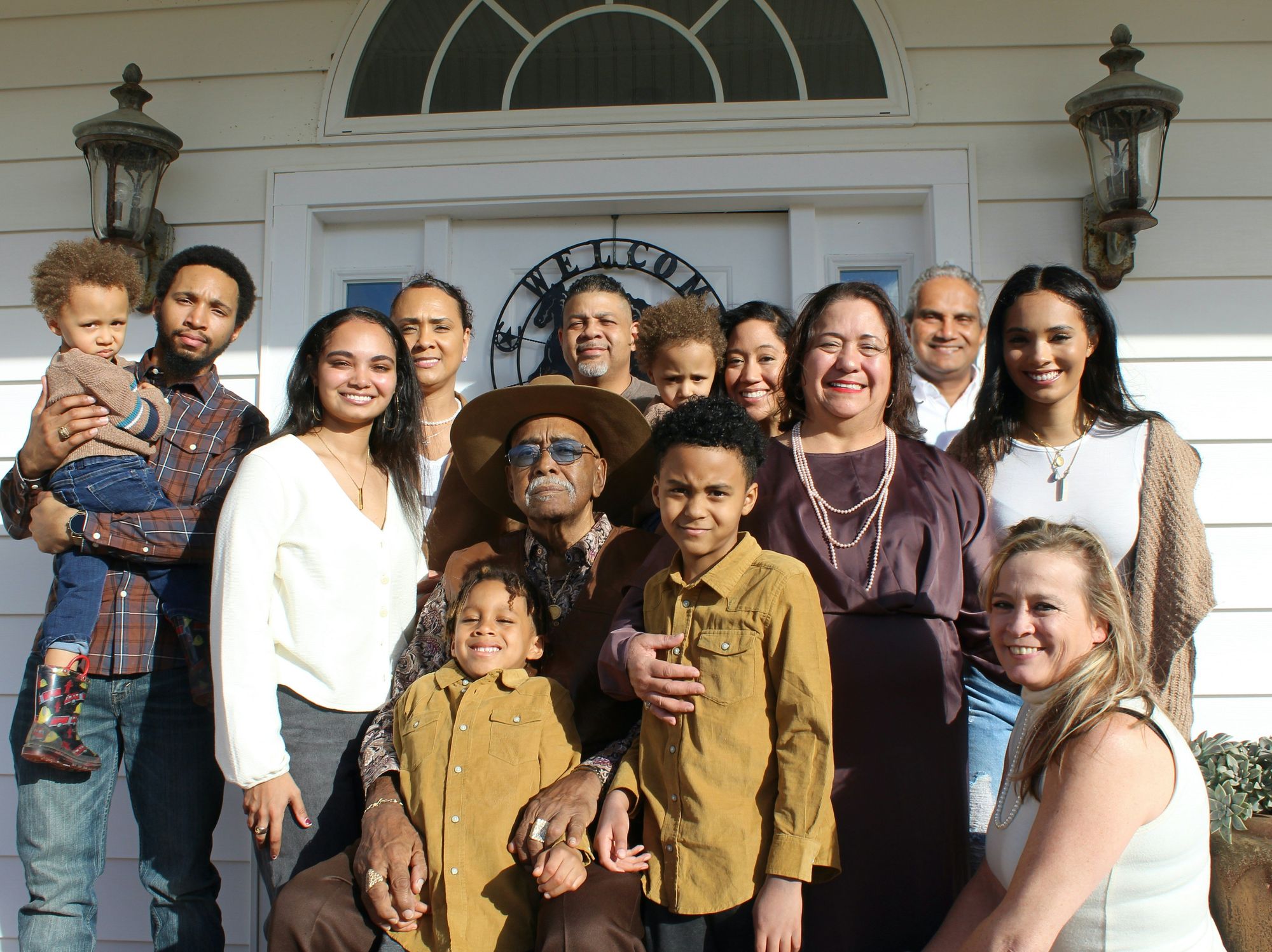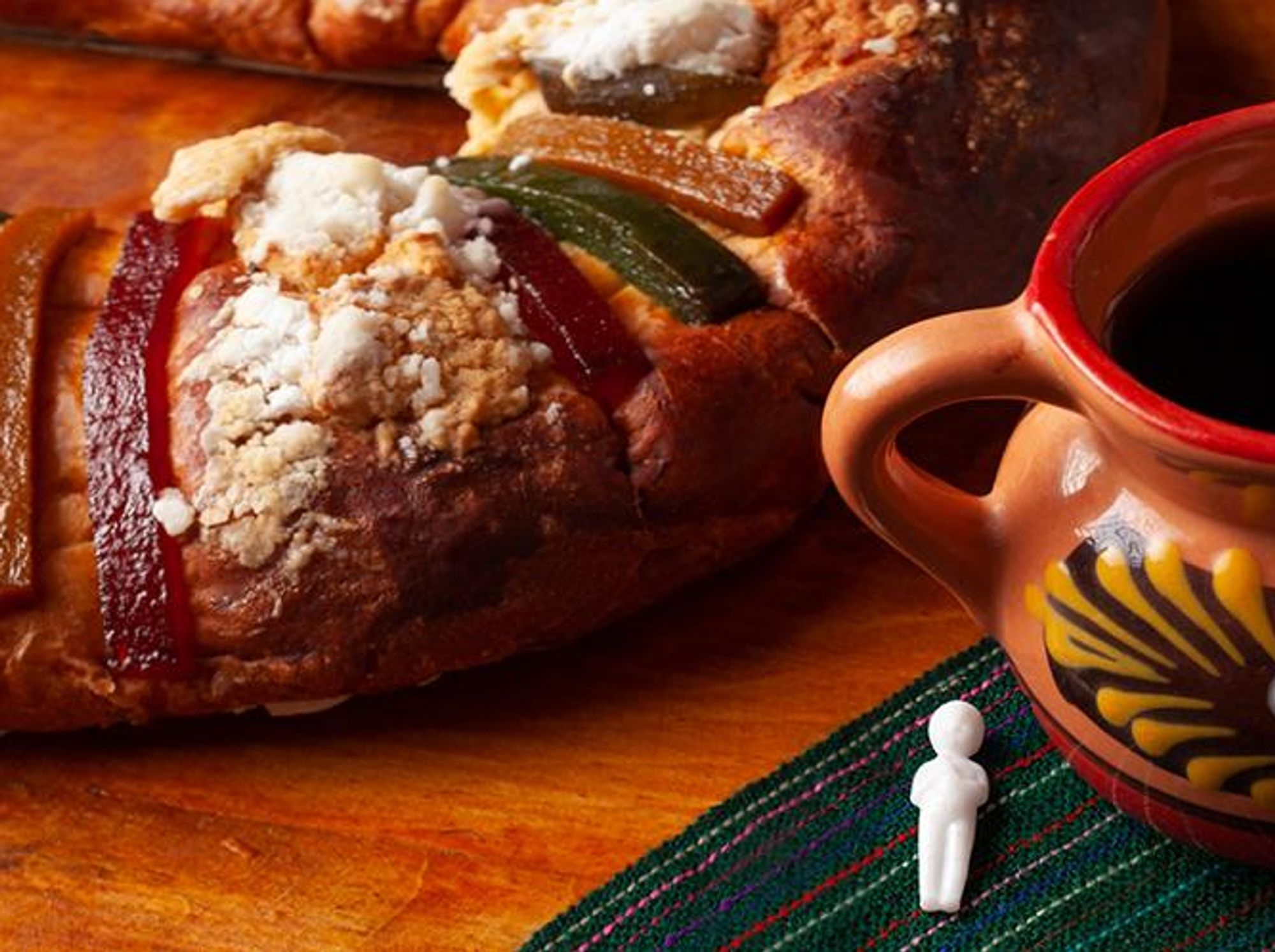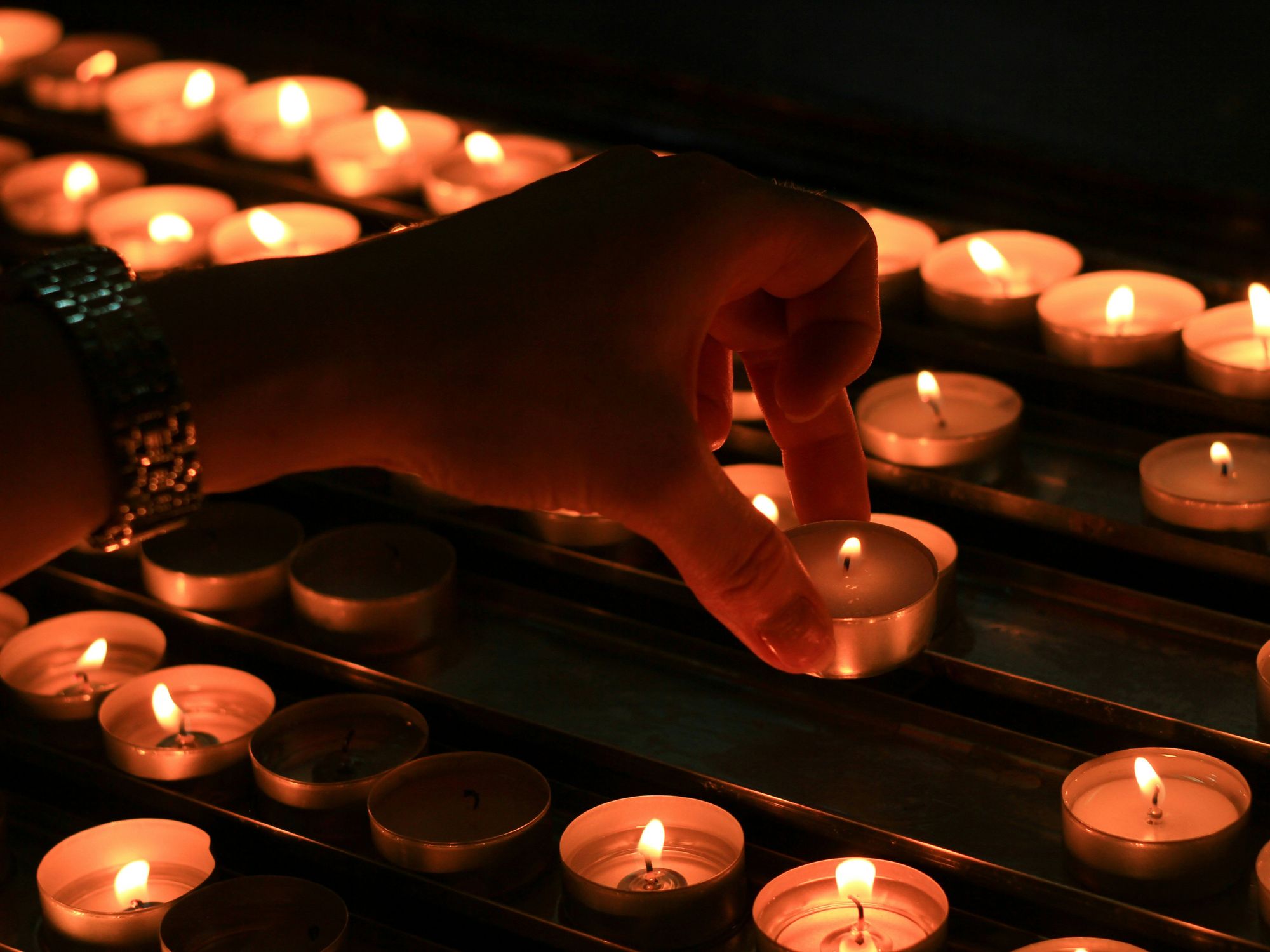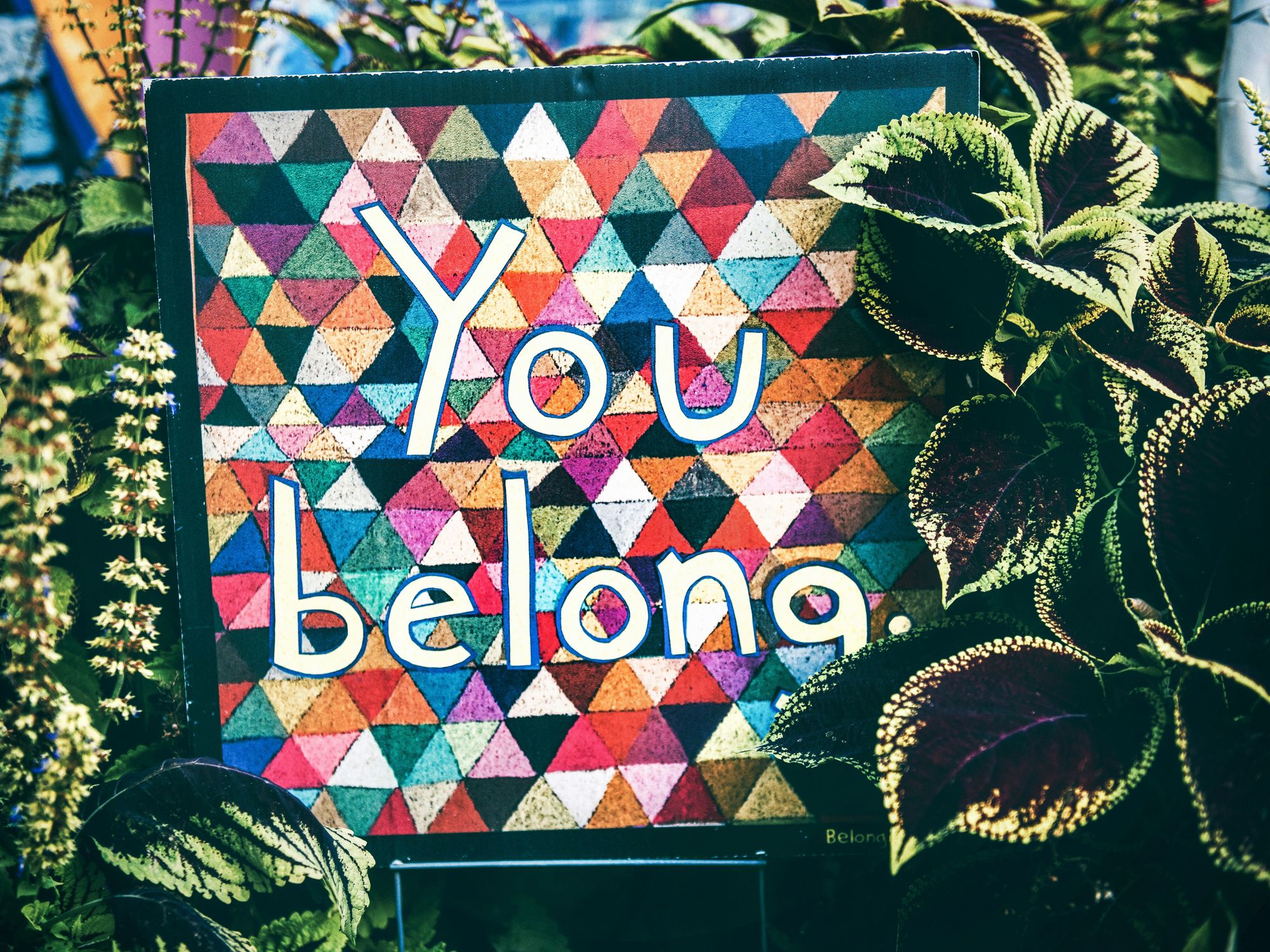In The Community
"No Sabo": The Language-Shaming Label is Getting Pushback
Around the world, being able to speak multiple languages is usually considered a plus – a skill that connects different cultures and perspectives. But for many Latinos in the U.S., this 'advantage' has sometimes been a double-edged sword.
Throughout the latter part of the 20th century, the phenomenon of being "byelingual" arose. This term refers to people who know two languages (in this case, English and Spanish), but often struggle with elements from both. It's not just about forgetting a word here or there; it's about juggling two cultural identities and sometimes feeling like you don’t fully belong to either.
Back in the day, especially during the '80s and '90s, many Latino parents had a tough choice to make: Either teach their kids Spanish to help keep them rooted to their heritage or focus on English so they could fit better in the U.S., and even be a smaller target for racism and racist English-only policies. For many socio-political reasons, including immigration reforms and a charged racial climate post the Civil Rights era, many immigrant parents chose not to teach their children their native tongue.
This choice, although made with the children's best interests at heart, often stemmed from a fear of ostracization and a desire to shield their kids from the pervasive racism of the time.
Fast forward to now, and there's a twist. Many first and second-generation Latinos find themselves estranged from a significant part of their heritage. As a result, many face criticism, even from people in their own community, for not mastering Spanish. They're caught in a sort of linguistic limbo. And there's even a cheeky, and often malicious term for it: "no sabo.”
@orangesheepsam #nosabo #nosabokid #parati #foryoupage #fypシ #mexicantiktok #mixedgirl #growuphispanic #momsoftiktok #daughtersoftiktok
On the surface, it might seem like the term is harmless slang or a joke, but words have weight. Calling someone a “no sabo kid” is often used to make them feel ashamed for not having perfect Spanish or not knowing Spanish at all. That’s a skill they might have had no control over learning in the first place, so it’s cruel to point it out that way. It’s also divisive, creating an "us vs. them" in our own community, and making some feel left out or 'less than.' At its core, it's a form of gatekeeping, telling people they aren't "Latino enough" based on language alone.
But here's the thing: Being Latino isn't just about speaking Spanish. At the heart of this issue lies the complex nature of Latino and Latine identity in the U.S. The expectation that every Latino should be fluent in Spanish ignores the vast cultural, linguistic, and racial diversity of Latin America. While Spanish remains the dominant language, many indigenous languages, including Quechua, Mayan, and countless others, are spoken throughout the continent. The rich history of these languages and their speakers is a testament to the variety within the Latine identity.
Some of our icons, like Selena Quintanilla, weren't fluent Spanish speakers, but they wore their Latino badge with pride. It goes to show that speaking a language is just one piece of the puzzle. People are starting to understand that, both inside and outside of the Latino community, but there’s still work to be done in shifting the narrative around the “no sabo” term.
As reported by NBC News, “no sabo” kids are doing some of that work–they’re fighting the label by reclaiming it. Young Latinos in the U.S. are pushing back against the idea that speaking perfect Spanish is necessary to be authentically Latino. They’re using TikTok to share their experiences through funny and relatable content, with the hashtag #nosabo garnering millions of views.
@saianana Like mother like daughter? #peliroja❤️👩🏻🦰 #nosabokid #growinguphispanic #latina #latinotiktok #mexicanamerican #spanish #learningspanish #ifykyk #parati #paratipage #fypシ゚viral
There are even initiatives like the “Yo Sabo” card game and the “Spanish Sin Pena” (“Spanish Without Shame”) program, which aim at helping Latinos reconnect with Spanish in a way that’s fun and non-judgmental. This new wave of Latinos argues that cultural identity is multifaceted and can’t be reduced to how well you speak a language. They’re also creating safe spaces for each other and highlighting the importance of supportive environments for language learning.
As the world evolves and cultures continue to intertwine, we need to rethink what it means to belong. Your connection to your heritage is a deeply personal and multifaceted thing that should not be criticized. And gatekeeping language only limits the richness of cultural exchange.
While the path to understanding and redefining what it means to be Latine might still be under construction, one thing is clear: It's time to leave divisive terms like "no sabo" behind. Everyone has their own way of connecting with their culture, and that's worth celebrating.
On March 28, 2024, the Office of Management and Budget (OMB) added a new standard for race and ethnicity data collection in the U.S. Census, approved by the Biden administration. Now, a separate checkbox exists for “Hispanic or Latino” alongside all other racial categories. This change has been celebrated by many in the Latino community, and it reflects a significant shift in how the U.S. Census gathers data about this section of the population.
It’s also a significant step toward a more accurate understanding of the Latino population, which has been growing consistently for decades. Before this change, the U.S. Census collected data on Hispanic origin without accounting for race, which meant Latinos were undercounted because many identify with their Hispanic ethnicity and their race, not just one or the other. This is further complicated by the fact that both Hispanic and Latino aren’t races, but many who don’t identify with white, Black, or other racial categories are left in limbo and often choose Hispanic or Latino as their race.
In 2023, a survey conducted by OnePoll involving 1,250 adults reflected that fact. Out of 1,250 people surveyed, 250 identified as U.S. Hispanics/Latinos. The addition of the new U.S. Census category acknowledges this dual identity and is intended to help create a more precise understanding of the demographic.
The Potential for Black and Afro Erasure
While many Latinos are behind this new standard as a step toward more inclusivity, many others bring up the point that this new approach could complicate how Afro-Latinos identify themselves in the U.S. Census, essentially erasing Afro-Latinos from the overall picture. The argument is that including “Hispanic/Latino” as a category alongside “Black” implicitly positions blackness as separate from Latino identity, suggesting that the Black category is something exclusive to non-Latinos.
Another issue identified by critics is that the OMB’s definition of who can select “Black” is narrow and limited to people with African origins, explicitly excluding people from Black Latin American nations, like the Dominican Republic and Cuba, and also excluding Afro-Latinos from all over Latin America, including Colombia, Brazil, Ecuador, Panama, Nicaragua, and Venezuela.
It may seem like a small detail, but looking at the bigger picture, population statistics need to be accurate if they’re expected to reveal patterns and information about racial exclusion. Without that accuracy, systemic racism becomes more obscure and it makes racial equity more challenging to achieve. While the new OBM standard is a step in the right direction, inclusivity remains a work in progress.
“Hispanic” or “Latino:” What’s the Difference?
To understand why the addition of a “Hispanic or Latino” checkbox in the U.S. Census is so important to many, we have to consider the background. The United States boasts a vibrant and varied cultural mosaic, with many ethnicities and nationalities coming together to form a diverse America. When talking about Latin American roots, “Hispanic” and “Latino” are the main terms, but what’s the difference between them? And how well do Americans understand these terms?
The 2023 survey conducted by OnePoll revealed some surprising statistics about our understanding of these two terms. According to the survey, a bit more than four in ten respondents (41%) correctly identified the difference between the terms:
- Hispanic refers to individuals from countries that primarily speak Spanish and is considered an ethnicity.
- Latino relates to people with origins from Latin America - which includes Mexico, South and Central America, and the Caribbean, and is also considered an ethnicity.
- Neither of these terms refers to race, which is a completely separate categorization based on shared physical characteristics rather than shared cultural characteristics, which includes language, as noted above.
However, an equal percentage (41%) believed the exact opposite, while 11% were candid enough to admit they didn’t know the difference at all.
Hispanic and Latino are terms that describe different aspects of heritage and geography. "Hispanic" refers to people who come from Spanish-speaking countries, which could be from both outside and within Latin America. This includes countries like Spain, Mexico, and most of Central and South America where Spanish is the primary language. On the other hand, "Latino" refers to individuals originating from Latin America, regardless of the language spoken. This encompasses countries like Brazil (where they speak Portuguese) and various parts of Latin America where native pre-colonial languages are still spoken and it excludes Spain. So, while a person from Spain would be Hispanic but not Latino, a Brazilian would be Latino but not Hispanic.
Celebrating and Understanding “Hispanic Heritage”
The OnePoll survey touched on another important subject: Hispanic Heritage Month. A whopping 66% of participants said they celebrate this cultural observance. An even larger percentage, 85%, believed it's pivotal for society to delve into Hispanic heritage. However, there's a thirst for knowledge too. Around 81% expressed a desire to learn more about Hispanic/Latino culture, and 84% felt they should have been exposed to other cultures more during their childhood.
Shifting the lens to the Hispanic and Latino participants of the survey, some illuminating insights emerged. Over half (52%) felt that their non-Hispanic/non-Latino peers comprehended their culture “very well.” On the brighter side, 74% believed that their Hispanic/Latino culture received fair representation in mainstream society.
In the professional sphere, the respondents tended to work with other Latinos with 44% of respondents reporting that their workplaces were predominantly Hispanic/Latino, and 43% observing that individuals from their community filled most of the management or executive positions.
While strides are being made in understanding and appreciating the intricate differences and nuances within the Hispanic and Latino communities, there's more ground to cover. As America becomes even more diverse, and the Latino community stands as the second-largest racial group in the U.S., understanding these subtleties and acknowledging the diversity within the Latino community, which unequivocally includes Afro-Latinos, isn't just important; it's essential.
- Labels 101: Hispanic, Latino, Latinx, and More ›
- “No Sabo” is a Slur, Fight Me On It ›
- What's in a Name? Hispanic, Latino, and More Explained ›
Living in the United States as a Latina woman comes with its own set of experiences, challenges, and joys. From navigating cultural differences to embracing our heritage, Latina women living in the U.S. share a unique perspective. Here are 10 things that unite us:
The struggle with our dual identity
 Photo by Matthew Moloney on Unsplash
Photo by Matthew Moloney on UnsplashBalancing between two cultures can sometimes feel like walking a tightrope. Dual identity feels like straddling our heritage and American upbringing, trying to honor both without losing our authentic selves. Connecting with other Latinos having the same experience can be very grounding!
The art of code-switching
 Photo by Bewakoof.com Official on Unsplash
Photo by Bewakoof.com Official on UnsplashSwitching between languages and cultural norms depending on the situation is second nature for many Latina women in the U.S. Whether it's speaking Spanish at home and English at work or adjusting behavior to fit different social contexts, code-switching is a skill we have mastered out of necessity.
The certainty that family is everything
 Photo by Rajiv Perera on Unsplash
Photo by Rajiv Perera on UnsplashFamily comes first, always. Latina women foster strong family ties and prioritize spending time with loved ones, even if they don’t always get along. From large gatherings filled with laughter and food to relying on family for support during tough times, family is the cornerstone of Latinos’ lives.
Never skip celebrating traditions

Whether it's observing cultural holidays like Día de los Muertos or embracing traditions passed down through generations, Latina women take pride in their heritage and celebrate it without reservation. From music and dance to food and customs, traditions keep them connected to their roots and it’s a great way to find community in a foreign land.
The weight of doing well
 Photo by Jennifer Marquez on Unsplash
Photo by Jennifer Marquez on UnsplashLatina women often feel the weight of expectations placed on them by their families and communities. Not to mention society! The pressure of proving ourselves in a place that may underestimate us is something that has become part of our reality. That said, it’s okay to just be. You don’t have to prove anything to anyone but yourself.
The struggle with beauty standards

Dealing with societal standards of beauty can be particularly challenging for Latina women, as we often face unrealistic expectations regarding body shape and size. That said, celebrating diverse beauty standards is more prominent than ever and it becomes very empowering in a culture that promotes such narrow ideals.
Navigating machismo in everyday life

Photo by Paul Lowry on Wikimedia Commons
Latina women frequently encounter machismo, that nasty cultural attitude that upholds traditional gender roles and emphasizes male dominance. From subtle sexism to overt discrimination, Latinas have become experts in navigating these dynamics, which adds to our self-assurance and empowerment.
Understanding the importance of faith
 Photo by Frantisek Duris on Unsplash
Photo by Frantisek Duris on UnsplashWhile not all Latinas are religious, we all have some spirituality within us. For some, religion plays a major role in providing strength, guidance, and a sense of belonging. For others, practicing spirituality in the form of meditation or any other practice is a great way to stay grounded and be more aligned in our daily lives.
Juggling bicultural cuisine
 Photo by Edgar Castrejon on Unsplash
Photo by Edgar Castrejon on UnsplashThe kitchen is where cultural fusion truly shines for Latina women in the U.S. From abuela's recipes passed down through generations to adding a spicy twist to classic American dishes, our bicultural takes on dishes make life quite fun. Especially for our gringo friends, who often enjoy our vibrant and flavorful interpretations.
The beauty of embracing diversity
 Photo by Tim Mossholder on Unsplash
Photo by Tim Mossholder on UnsplashLatina women in the U.S. come from diverse backgrounds, representing a variety of countries, ethnicities, and experiences. Despite these differences, there's a sense of solidarity and sisterhood that transcends borders and unites us in this journey.
- You Grew up Latino if You Recognize These 20 Things ›
- Not All Latinos Speak Spanish – And They Don’t Need To ›
- We Fit No Mold: Latinidad in America ›
- 5 Latina Life Coaches to Follow for Daily Inspiration ›




